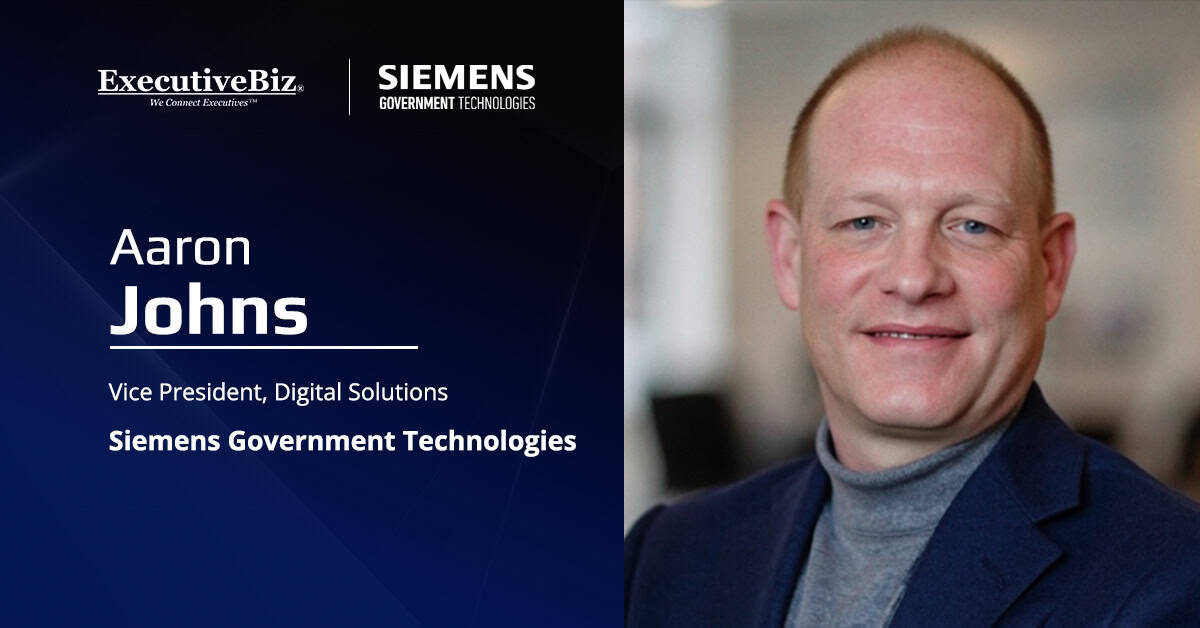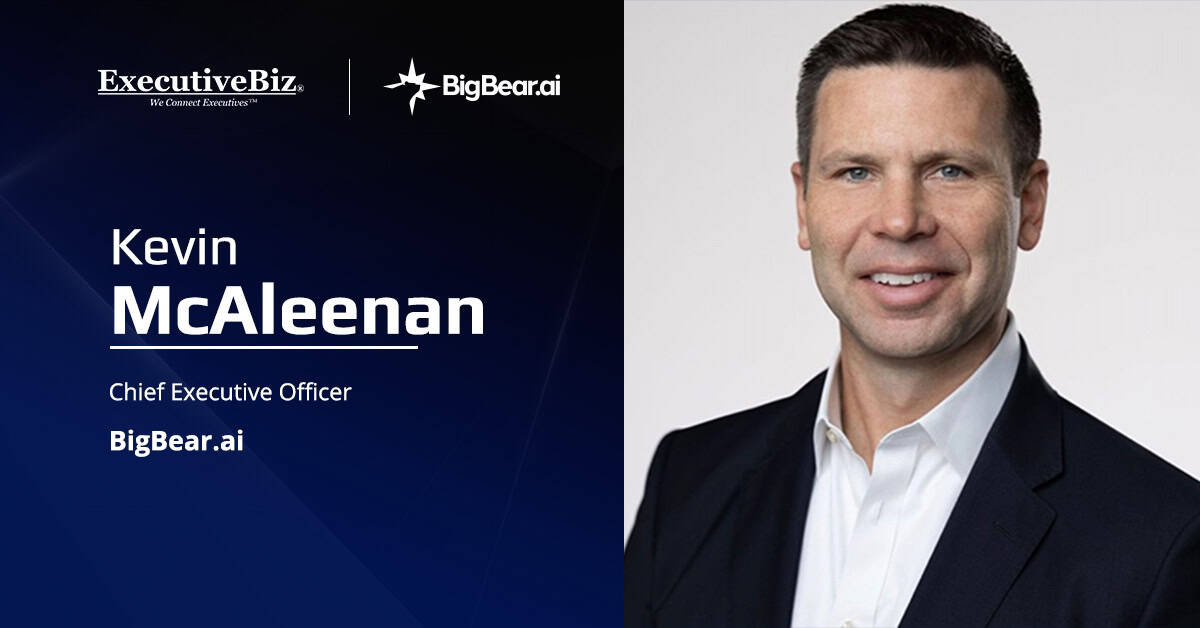Siemens Government Technologies is harnessing its decades of experience delivering industrial software to deploy scalable and secure artificial intelligence for government missions.
In a blog post, Aaron Johns, vice president of digital solutions at SGT, said the company’s AI offering for the federal sector integrates digital twins, model-based systems engineering and sensor data into workflows to reduce risks and enhance performance.
“As federal agencies strive to modernize critical infrastructure, improve operational agility, and manage growing volumes of data, AI has become essential. But implementing AI at scale requires more than just algorithms,” the official wrote. “It takes an ecosystem designed for performance and trust. That’s exactly what we’ve built at SGT.”

The integration of AI and other emerging technologies in government missions is one of the main topics to be discussed at the Potomac Officers Club’s 2025 Homeland Security Summit on Nov. 12. The event will feature panel discussions and networking opportunities with top government and industry leaders. Secure your tickets to the highly anticipated event here.
Siemens’ Tech Ecosystem for Government
SGT’s AI offering is built on the Siemens Xcelerator, an open digital platform designed to unify engineering and operational data, eliminating silos and delivering real-time insights. Xcelerator also provides users with data clarity and increased visibility into their systems.
The company also combines the capabilities of AI and digital twins to simulate possible events and scenarios, predict maintenance, and support data-driven decision-making. Johns said AI-augmented digital twins allow agencies to maximize asset utilization and drive operational efficiency, leading to measurable improvements in the real world.
Additionally, RapidMiner, built by Siemens’ newly acquired business Altair, and Mendix accelerate AI adoption and scalability in government.
RapidMiner is a data science and machine learning platform that can generate insights from unstructured data and perform advanced scenario modeling to enable predictive maintenance. The tool is already in use across the Department of Defense to anticipate parts failures and schedule maintenance, reducing unplanned downtime, according to the blog.
Meanwhile, the Mendix low-code platform is designed for the rapid prototyping and deployment of mission-specific tools while maintaining security.





